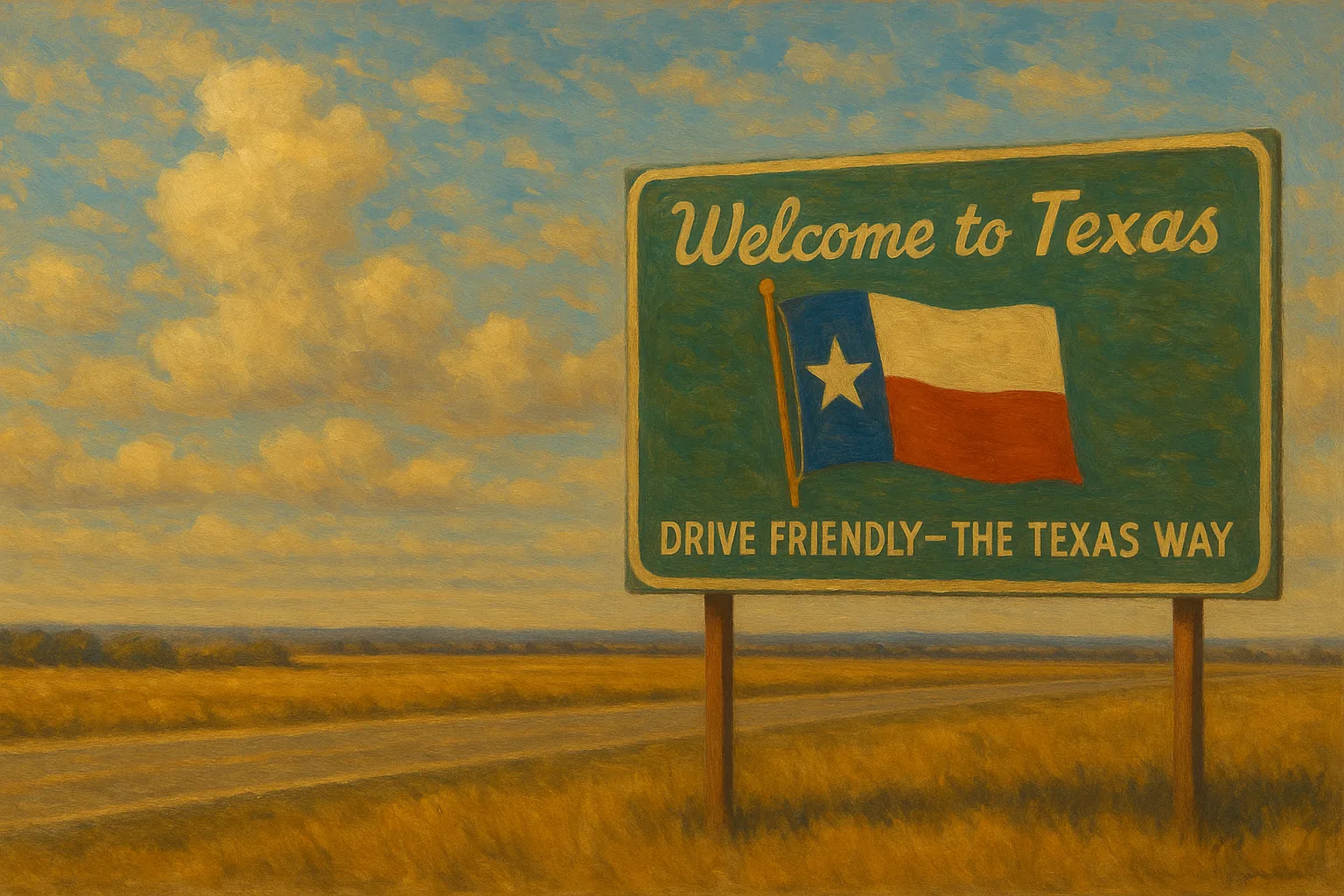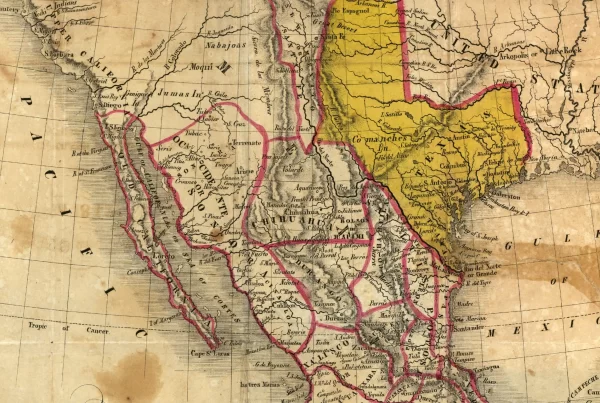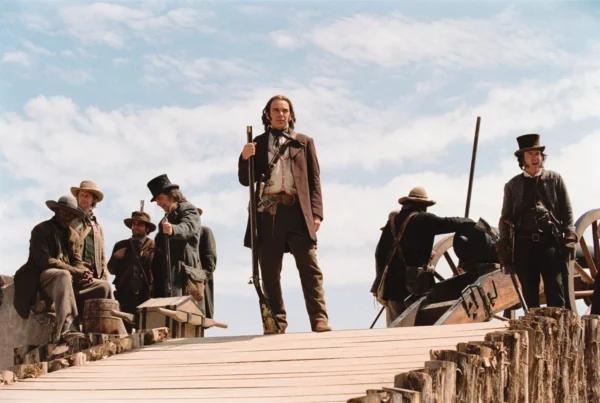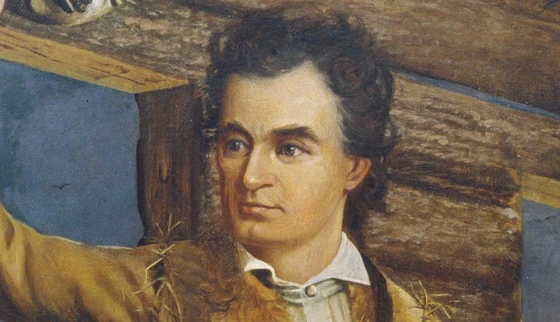Texas is unmistakably American, yet its everyday culture may feel a bit unfamiliar to newcomers and visitors. This guide offers a look at some of the distinctive features that shape daily life in the Lone Star State.
Texan Twang
What many casually call the “Texas drawl” is part of the broader Southern American English dialect continuum, but with features that set it apart both phonetically and lexically. The Texas accent is marked by elongated diphthongs, vowel breaking, and a deliberate, rhythmic cadence.
For example, ride may become raahd, night becomes naht, and the word time can sound like tahm, flattening and lengthening the vowel. The vowel in pen and pin sounds the same, producing what’s known as the ‘pin/pen merger’—one of the hallmark features of Southern English, including Texas. Texan English also includes glide deletion, where final consonants are softened or dropped. For example, fighting becomes fightin’, and “going to” turns into gonna.
“Y’all” is the default standard for addressing a group—it’s concise, friendly, and inclusive. You might also hear “all y’all,” an emphatic or inclusive plural. Meanwhile, “fixin’ to” expresses intent or preparation, as in: “I’m fixin’ to head out.” In more rural areas, “might could” or “used to could” show up in casual speech—double modals rarely found outside the South.
Of course, not all Texans talk this way. With decades of in-migration from across the U.S. and the world—especially in major cities—many residents speak with neutral or mixed accents, and younger generations often soften traditional speech patterns. Still, the Texan twang endures in many regions and serves as a proud marker of place and identity.
Use of ‘Ma’am’ and ‘Sir’
In Texas, saying “yes ma’am” or “no sir” is a common sign of respect, used in everyday conversation regardless of age. Still, there’s often a subtle awareness of age or status—people may use it more readily with elders, strangers, or authority figures than with close friends.
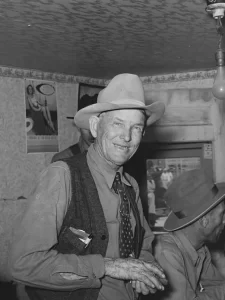
“Ma’am” is not reserved mostly for older women, as it is elsewhere in the U.S. Rather, in Texas, it can be used to address any adult female—regardless of age or marital status—as a general sign of politeness. “Miss” is used more selectively for girls or young women, but it’s less common between adults and can sometimes come across as old-fashioned or patronizing.
Of course, “sir” and “ma’am” are used in military contexts as well, and Texas has one of the highest rates of military service in the country, reinforcing the custom. But these terms are fully embedded in civilian speech and don’t carry a military connotation per se.
Overuse or exaggerated delivery of any of these terms can come across as flippant or insincere, undercutting the intended respect.
Texan Dress Norms
In Texas, casual attire is culturally accepted—and often preferred. You can wear jeans to upscale restaurants, church, business meetings, or political events, and no one will bat an eye. Casual, however, does not mean sloppy. The emphasis is on being clean, comfortable, and confident.
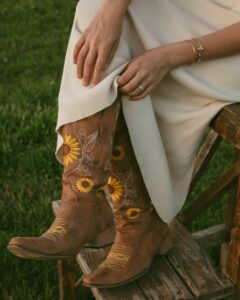
For a more formal look, Texans may add Western accessories, such as boots, a hat, bolo tie, or a pearl-snap shirt. Suits—including both darker varieties and lighter or linen types—are worn at weddings, government meetings, and other formal occasions. Still, a man in a suit may appear overdressed, even in settings where such attire would be unremarkable in the U.S. Northeast or Midwest. In many settings, an open-collar button-down shirt, clean jeans or slacks, and an optional blazer are considered perfectly appropriate—even for serious functions.
For women, dress codes are equally flexible. Denim is widely accepted, but dresses and skirts are also common choices. While many women favor clothing that’s more reserved in cut or presentation, there’s no strict code; the overall tone leans toward ease and polish rather than exposure or formality. Shorter skirts or shorts, depending on the occasion and weather, are also commonplace. Texas’ cultural diversity and strong emphasis on individual freedom and personal expression allow for a wide range of styles—from starched Wranglers to sundresses, business casual, bold streetwear, and everything in between.
Drive-Thru Everything
Texas is a car-driven culture, and convenience rules. Need tacos, a pharmacy refill, or even a six-pack? Stay in your car. Drive-thru service is common for nearly every type of service, including banking, barbecue, flu shots, dry cleaning, and library returns.
High-Speed Driving
Texas roads are wide, straight, and built for speed. On many highways, traffic flows between 65 and 75 mph, and posted speed limits can be even higher—reaching 85 mph on SH-130, for example. That’s notably faster than the 50–60 mph limits common in many other states. Texas also has one of the highest rates of auto fatalities in the country, yet many drivers think nothing of cruising at 70–80 mph, especially in rural areas.

Another feature of travel in Texas are “frontage roads”—parallel access roads that run alongside Texas highways, allowing local travel and easy exits. You can drive for miles without ever getting on the main highway. It’s a convenience unfamiliar to out-of-staters but second nature to Texans. On Texas frontage roads, the posted speed limit ranges from 35 to 55 mph but the flow of traffic is often at the upper end of that range or higher—especially in suburban or rural areas where drivers treat frontage roads like extensions of the highway.
Borderland Flavor
Along the border and throughout much of Texas, everyday life reflects a cultural fusion shaped by Mexican and Tejano influences. Tex-Mex cuisine blends Mexican roots with Texas tastes—chili con carne, cheese-covered enchiladas, and bowls of warm queso served with chips.
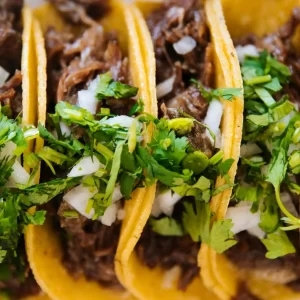
The same blend plays out in music. Tejano combines accordion riffs, Spanish vocals, and polka rhythms, while Norteño, cumbia, and reggaetón echo across backyard parties and community festivals. Visual style reflects the mix too—embroidered fabrics, Western boots, bright colors, and folk art traditions coexist in everything from storefronts to family gatherings.
Quinceañeras & Sweet Sixteens
In many Hispanic families across Texas, a quinceañera—the celebration of a girl’s 15th birthday—is a deeply meaningful rite of passage. The event often includes a church ceremony, formal attire, speeches, dancing, and a large reception. Among White families, the ‘sweet sixteen’ plays a similar role, typically celebrated with a party, special gift, or other symbolic gesture. Different but parallel traditions, both mark a young woman’s coming of age and reflect the Texan emphasis on family, identity, and the public celebration of growing up.
Springtime Family Photos

Taking photos among blooming bluebonnets is a beloved spring tradition. Many families return to the same patch of wildflowers year after year, capturing everything from baby pictures to prom portraits. It’s more than a photo op—it’s a seasonal ritual that marks the passage of time and celebrates roots, growth, and togetherness.
Faith and Daily Life
Texas is home to many faiths, especially in its cities and suburbs. Recent years have seen an increase in the number of Muslim and Hindu Texans, largely due to immigration. But across much of the state, Christianity remains the most visible and culturally influential religion. Church attendance in Texas exceeds national averages, and Sunday often shapes the weekly rhythm: businesses may open late or close entirely, and even weekday family schedules frequently revolve around youth nights, Bible studies, or fellowship gatherings.
Religious influence extends into civic life: prayers are offered at government meetings, graduation ceremonies, and local fundraisers. Social expectations, educational choices, and family practices are often shaped, directly or indirectly, by Christian values and traditions. Holidays like Christmas and Easter affect school and work calendars regardless of individual belief. Churches often host public-facing events during these seasons—such as candlelight services, nativity pageants, concerts, or Easter egg hunts—that are open to the wider community.
Even for Texans who aren’t religious, the rhythms and language of Christianity remain deeply embedded in civic life, social life, and cultural memory. At the same time, church and state remain formally separate, and no one is required to profess a particular faith. Participation in religious life remains a matter of personal choice.
The Art of Barbecue
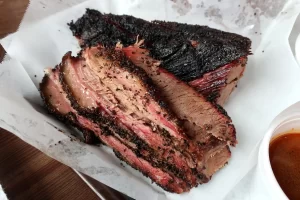
Texas barbecue is slow-cooked over wood smoke for hours, often until it’s tender enough to fall apart. While beef brisket is the star statewide, you’ll also find ribs, sausage, turkey, and pork shoulder depending on the region.
Sauce is optional—many purists prefer to let the bark and smoke speak for themselves. Barbecue is typically sold by the pound and served with minimal fuss: butcher paper, white bread, and maybe some pickles or onions. Whether it’s cooked in a backyard smoker or at a roadside joint, barbecue remains a point of pride across the state.
Grace & Grit: Texan Womanhood
Motherhood is celebrated in Texas across political and cultural lines, often seen as a sacred responsibility intertwined with family values and social cohesion. At the same time, Texas women are an important or even dominant presence in many professional fields, including education, medicine, law, pharmacy, and government.
Notably, Texas has a long record of advancing women’s legal rights—from early property protections during the Republic era to leading the South in women’s suffrage, marital property reform, and pioneering family violence legislation.
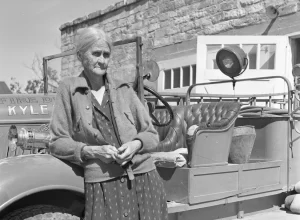
Texan communities tend to value traditional expressions of femininity—such as homemaking, hospitality, and grace—but many Texas women are also raised to be plainspoken, resourceful, and unafraid to hold their own in an argument. These are generalizations, of course: broad cultural tendencies rather than fixed rules. Texas is vast and diverse, and womanhood is expressed in countless ways, shaped by region, class, race, faith, and personal experience.
Hands-On Skills
Across Texas, there’s deep respect for hands-on, practical skills—changing the oil, smoking a brisket, fixing a leaky faucet, canning salsa, preparing tamales from scratch, tending livestock, or cultivating a backyard garden.
These aren’t just rural traditions or gendered expectations. Self-reliance and practical know-how are admired across rural and urban settings alike, and many Texans—regardless of background—take pride in being capable, resourceful, and hands-on. Even among Texans who work indoors or live in the suburbs, practical know-how remains a valued part of Texan identity.
